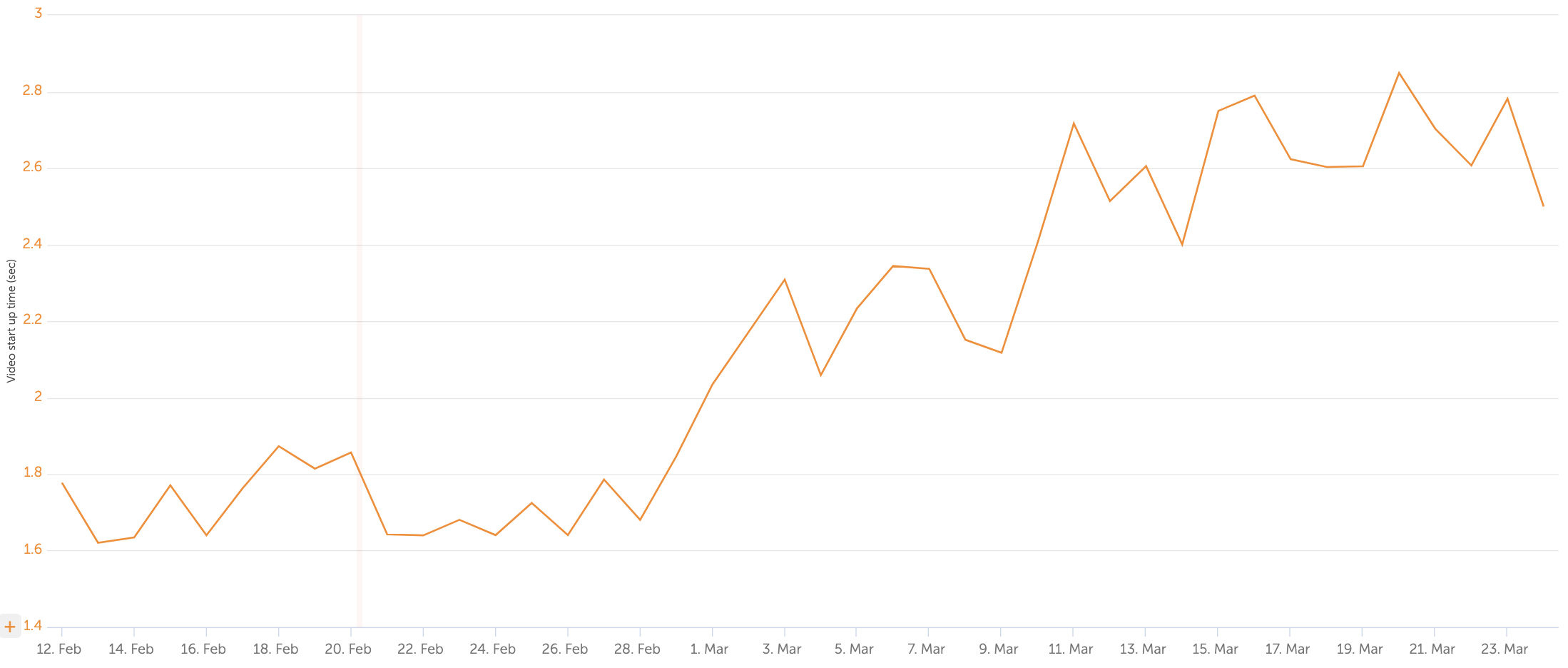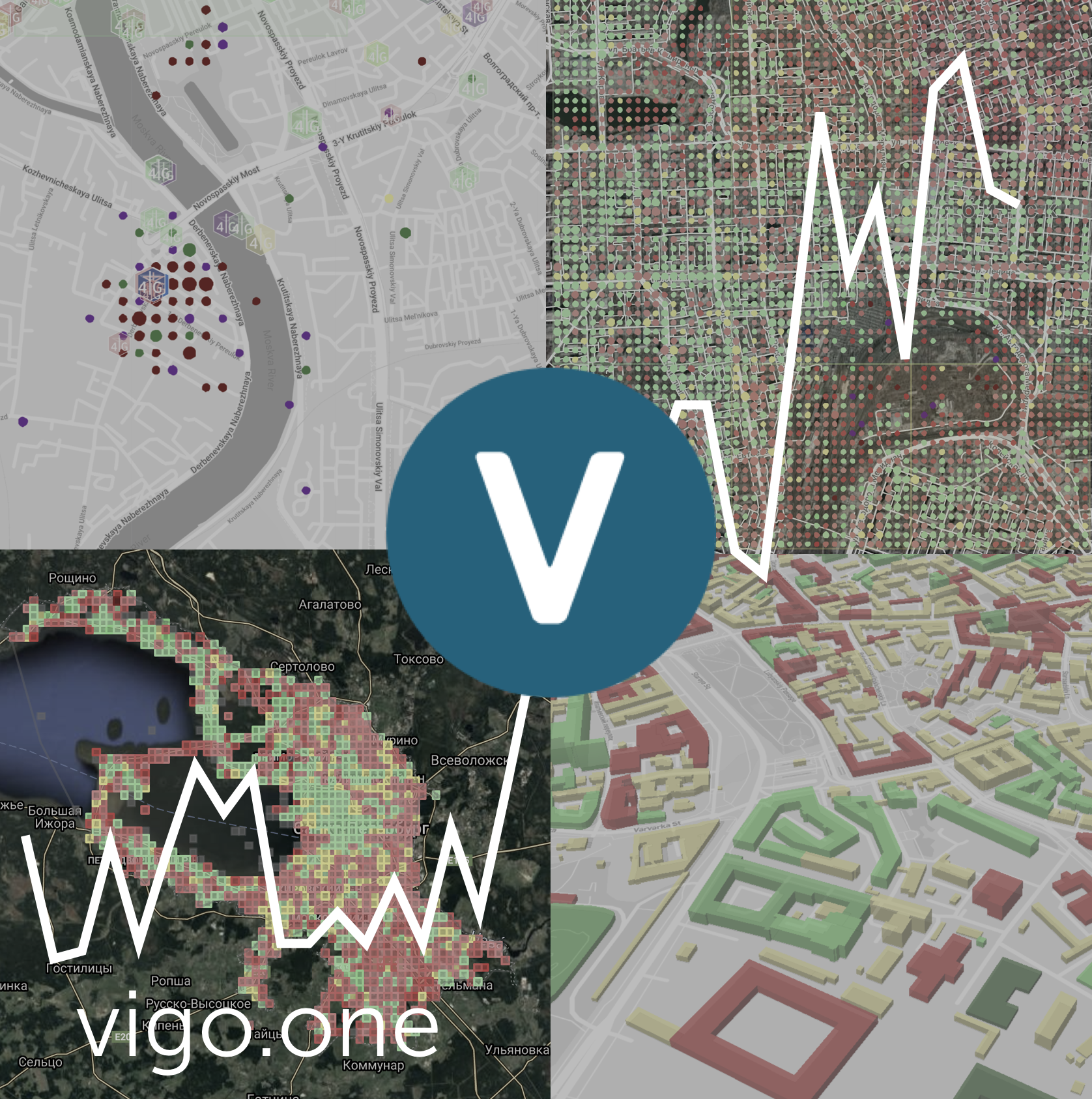СOVID-19 and Internet
Recent events caused by coronavirus spread have highlighted quite a few problem areas in society, economics, technology… And it’s not only about the panic, which is inevitable and will come back with any following global issue. But it is really about the consequences: crowded hospitals, empty shelves in supermarkets, people having to stay at home and use up the Internet which turns out to not be enough for everyone who’s going through the hard days and nights of #stayathome.
What already happened
Busy hours for internet providers have slid off to earlier in the day, as everyone now either watches TV-series, or downloads them to watch later, from the afternoon on.
Mark Zuckerberg has already confirmed that through WhatsApp and Facebook Messenger people are now making twice as many calls compared to usual. Scott Petty, Director, Enterprise Products and Solutions has pointed out that the internet busy hours are now spread between noon and 9 pm.
Internet providers see traffic growth, services feel overloaded, users are witnessing and complaining about slow internet, longer buffering times and lags in online games.
An obvious solution applied by the largest video services in the first place has been to temporarily lower the quality — Netflix and Youtube announced that on March 19.
“Streaming platforms, telecom operators and users, we all have a joint responsibility to take steps to ensure the smooth functioning of the Internet during the battle against the virus propagation", — European Commissioner for Internal Market and Services, Thierry Breton stated. According to the executive, the Commission would like to see web users themselves taking more responsibility in their online habits, bearing in mind the current strain networks are under.
“To beat #COVID19, we #StayAtHome. Teleworking & streaming help a lot but infrastructures might be in strain. To secure Internet access for all, let’s #SwitchToStandard definition when HD is not necessary", Breton pointed out on March 18 in his Twitter, adding that he had already had an “important phone conversation with @ReedHastings, CEO of Netflix” on the situation.
How it all started...
Italy.
On February 23 local authorities shut down most stores in 10 towns of Lombardy, and asked their citizens to refrain from any non urgent movements. But there was still no panic and people kept living their regular lives. On February 25, the regional Governor Attilio Fontana addressed the regional parliament saying that coronavirus is “just like flu”, after which all the earlier established restrictions were dismissed. But on March 1 they had to reestablish those as the number of infected people kept increasing.
So what’s with the internet usage?
The chart below shows us that on March 1 the time of first buffering went up.
First buffering is the time spent by the user waiting for the video to start after clicking Play.

Italy. First buffering in sec. Feb 12 — March 23. — 239 399 719 measurements — Source Vigo Leap
On March 1 people started to spend more time at home overloading internet providers — so the issues in video delivery quality started to occur.
The next spike on March 10 coincides with the day of the quarantine established for the whole country. The issues with the networks’ bandwidth became obvious already then. But the decision about lowering the quality of the largest services was made only 9 days later.
The same situation was seen in South Korea: the state shut down schools and kindergartens on February 27, which was followed by the network overload — with a slight delay: until February 28 the bandwidth was enough.

South Korea. First buffering in sec. Feb 12 — March 23. — 119 266 973 measurements — Source — Vigo Leap
Similar graphs can be built for any country, with the use of Vigo Leap. Vigo uses real user experience stats data from partnering internet services to build such charts, helping services to carry out the right approach in improving the quality of experience for their users.
What’s next
The Internet helps people to stay at home, helps to overcome stress by watching movies, TV-shows or vines. The importance of it is doubtless: nowadays when everything is shut down, internet providers are being advised to not cut off users even if their subscriptions are expired.
The decision made by the largest world’s services to decrease the video quality could not be more wanted in this situation. Every service with this kind of technology should have done that before the first internet black-outs and economic consequences.
Increased traffic means extra costs for ISPs that will finally turn out as costs incurred by subscribers. General network overload causes trouble also for other types of traffic, from banking transactions to online video conferences between colleagues now working from home. All that is damaging the economy at a large scale — and is getting on people’s nerves.
It is important to make the right decisions at the moment when the limits of ISP’s channels are reached. Most of the countries are now at that point.
What can you do about that?
This article is a call-out to all Video services to use Vigo in order to make timely decisions about limiting the quality for certain regions. There is no need in lowering the quality overall. CDN networks and the diversity of ISPs allow to decrease the quality only where it is really needed.
This kind of complex decisions can be made easily with Vigo Leap solution that allows to estimate and track issues with video delivery quality by countries and regions, ISPs, ASNs, CNDs.
Vigo Leap is free of charge for internet services operating at any platform. It’s free not because of the recent trend during the pandemic — we have been helping several dozens of internet services for 7 years now without charging them.
It gives a possibility to predict issues on the side of end-users and take preventive measures to keep them happy, rather than act based upon the number of complaints registered by your customer care service.
Why would you do all that?
Besides the solidarity with ISPs helping them to withstand the strain of customer demand, this kind of measures will help you to sustain the high quality of your service that is a direct influence on your users’ satisfaction. A happy customer means your own money.
Let us tell you more about Vigo Leap’s way of helping you to make your service best of breed — go to vigo.one and request a demo.
P.S.
We also help ISPs to make grounded decisions when managing their network quality investments. Vigo’s solutions for ISPs and mobile operators allow them to promptly discover points of most network load caused by traffic growth and issues in infrastructure nodes that influence NPS (net promotion score, or customer satisfaction index) the most.
Vigo for ISPs is able to localize network issues down to a building or a base station, defining the reasons for those.



esmhpm
No sources could prepare us for such an unexpected turn as the possibility of the Internet blackout.
I hope that as much as possible organizations will find their ways to deal with this issue using services like Vigo or other variants.